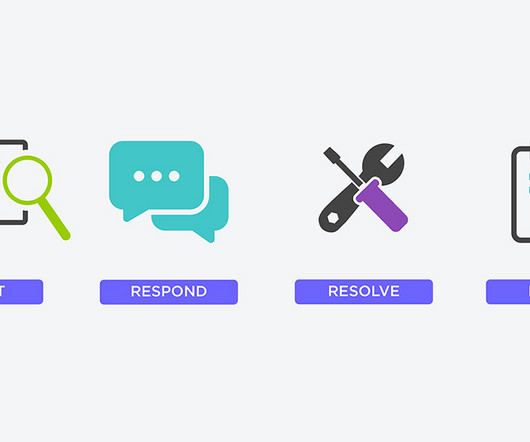Understanding the Role of DevOps in Digital Engineering
OTS Solutions
JULY 18, 2023
To meet this demand, enterprises have turned to DevOps and digital engineering practices to streamline their software development and delivery processes. The principle of continuous integration Continuous integration is the practice of regularly merging code changes into a central repository and testing them automatically.















Let's personalize your content